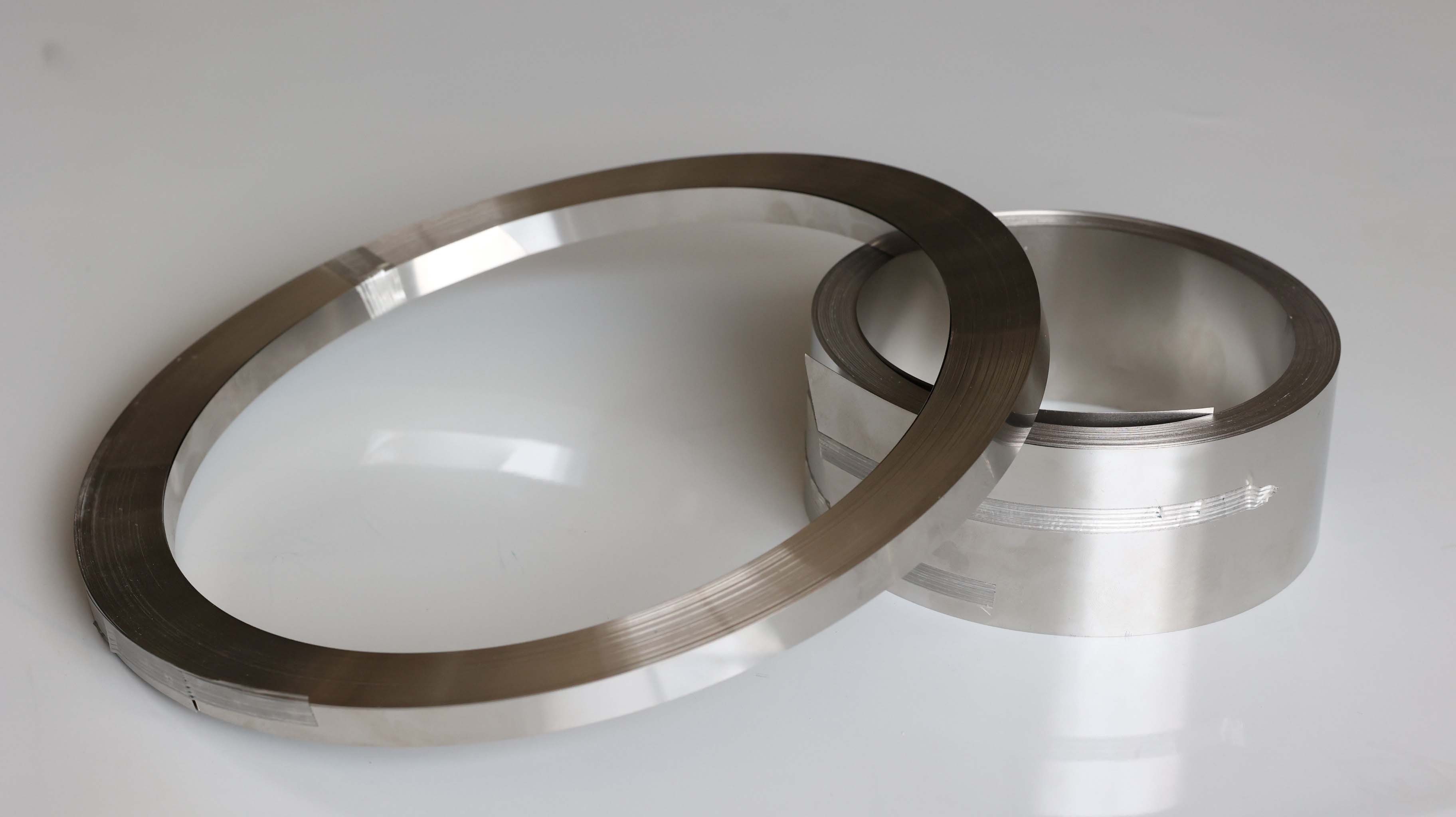- Phone:+86-17331948172 +86-0319-8862898
- E-mail: inquiry@puxingclamp.com
sep . 04, 2024 07:12 Back to list
hose clamps for fuel lines
When it comes to automotive maintenance and repair, one of the often-overlooked components is the hose clamp. Specifically, hose clamps for fuel lines play a critical role in ensuring the efficiency and safety of a vehicle's fuel system. Understanding their function, types, and installation is essential for anyone involved in car care, whether a professional mechanic or an enthusiastic DIYer.
Hose clamps are designed to secure hoses over fittings, preventing fluid leaks by creating a tight seal. In the context of fuel lines, these clamps are vital for maintaining the integrity of the fuel system. A leaking fuel line can lead to various issues, including decreased performance, increased emissions, or even dangerous fires. Therefore, selecting the right hose clamp and ensuring it is properly installed is crucial for safety and performance.
There are several types of hose clamps commonly used for fuel lines, each with unique features. The most common types are worm gear clamps, spring clamps, and constant tension clamps. Worm gear clamps are adjustable and can be tightened through a screw mechanism, providing a reliable seal. They are widely used in automotive applications due to their versatility and ease of use. Spring clamps, on the other hand, utilize a spring mechanism to maintain pressure on the hose. They are typically used in specific applications where quick connection and disconnection are necessary. Finally, constant tension clamps are designed to automatically adjust to changes in temperature and hose diameter, ensuring a consistent seal over time.
hose clamps for fuel lines

When installing a hose clamp for a fuel line, there are several key considerations. First, ensure that the hose is clean and free from any contaminants. Dirt or debris can compromise the seal and lead to leaks. Next, position the clamp correctly, ideally about one inch from the end of the hose, to allow for maximum grip. Finally, use the appropriate tools to tighten the clamp to the manufacturer’s specifications, which often include a recommended torque setting to avoid damage to the hose or fitting.
Regular inspection of hose clamps is also important. Over time, clamps can corrode, wear out, or become loose, compromising their effectiveness. It’s wise to check them during routine maintenance and replace any that show signs of wear or damage.
In conclusion, hose clamps for fuel lines are small yet crucial components in maintaining vehicle safety and performance. By choosing the right type of clamp, ensuring proper installation, and conducting regular inspections, car owners can help prevent fuel leaks and maintain the integrity of their vehicle’s fuel system. Whether you're working on a classic car or a modern vehicle, understanding and utilizing quality hose clamps can make a significant difference in performance and safety.
-
Heavy Duty Hose Clamps: Premium Stainless Steel & Adjustable
NewsAug.19,2025
-
Large Stainless Steel Adjustable American Type Hose Clamp - Hebei Pux Alloy Technology Co., Ltd
NewsAug.18,2025
-
Large Stainless Steel Adjustable Hose Clamp - Hebei Pux Alloy|Durable Corrosion Resistance&Adjustable Design
NewsAug.18,2025
-
Large Stainless Steel Adjustable Hose Clamp - Hebei Pux Alloy Technology Co., Ltd
NewsAug.18,2025
-
American Style Adjustable Hose Clamps for Pipe & Radiator
NewsAug.18,2025
-
Large Stainless Steel Adjustable American Type Hose Clamp - Hebei Pux Alloy Technology Co., Ltd.|Corrosion Resistance, Adjustable Design
NewsAug.17,2025




